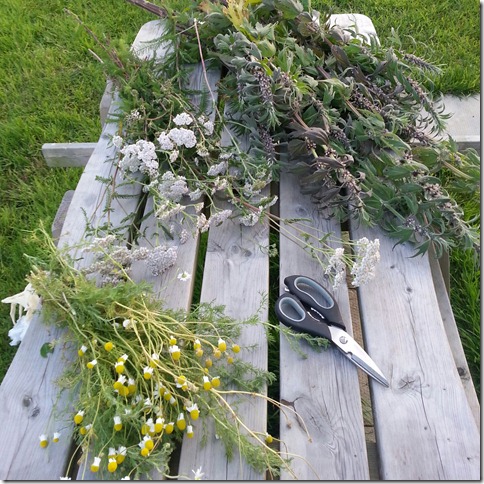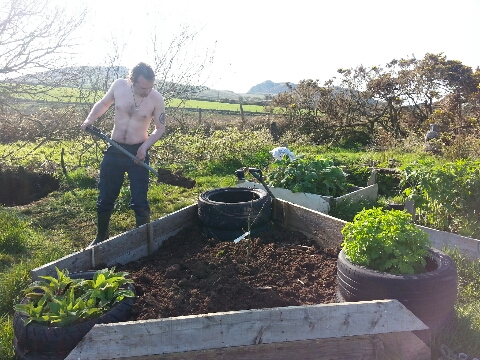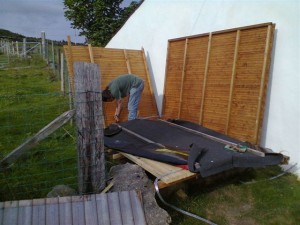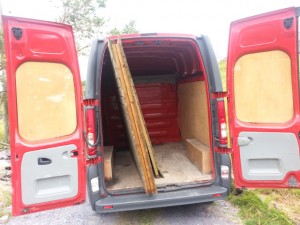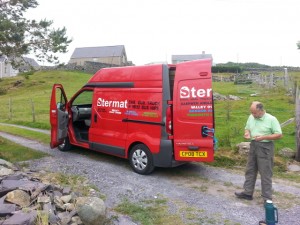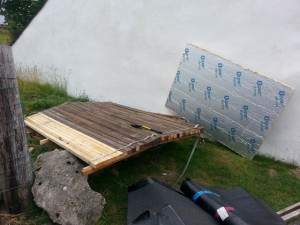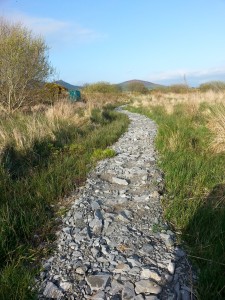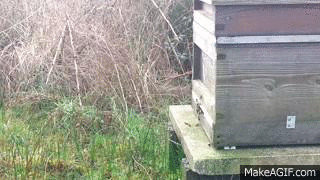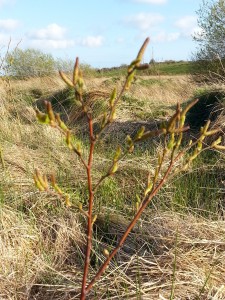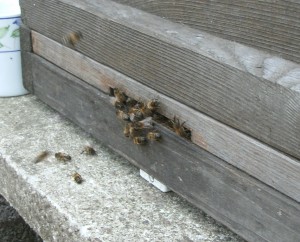Oh my goodness. A perfunctory look at this blog shows that I didn’t write any posts at all in 2016. Whoops. So not only is now a good chance to share what is on the horizon at Cae Non in the year ahead, but to recap on what happened in 2016.
2016 was the year that Cae Non matured in a lot of ways… the trees are all well established now and areas of the site are starting to look more like a wood and less like an open field. Though young, many of the alders and birches are now between 12 and 16 feet high, with trunks thicker than my arm.

The Alder and Birch trees that we planted are now forming a young, dense wood…
Unfortunately, in some places the trees are too thick and will need thinning as they grow. In others we planted the trees far enough apart to create a light, open wood that will be lovely to relax or work in.

Most of the trees are planted to create a light, airy woodland – dense enough to kill the grass but open enough to walk through and explore!

The Willow Beds have grown up amazingly – we will soon be ready to harvest our first willow for use in green structures.
In terms of the herb garden, last year didn’t see too many new developments. The raised beds I built and planted a couple of years ago are now mature and giving their gift of medicinal herbs to my dispensary. I didn’t have much free time to build or plant any more raised beds… but I did decide to try something different.
Instead of building raised beds, I made beds out of mulching membrane held in square frame which looks like a raised bed but is held against the ground and is a no-dig system. The three I built last year have done amazingly well so far and I have built another 6 already this year. I have also started vlogging (video blogging) and one of the videos deals with building these beds – so I will share that here in the coming days.

The beds on the right of this picture were build and planted in 2016 – so far they seem to be working really well!
2016 marked the second year I taught my short course ‘a year of herbs’ down at Cae Non. This time with a bigger group and nicer weather than 2015. It is always lovely to share this place and what we do with it and our way of life with others – and such a privilege to be able to inspire others to heal with plants and herbal medicines. The course is running again in 2017 and there are still places – take a look at the prospectus here and facebook event here.
2017 will bring more posts on this blog and video blogs from Cae Non as due to starting my vlog, I will be making regular videos at the Cae Non herb garden. The priority at this time of year is to get as much planting area as possible to accept the plants that are already sprouting in our windowsills. This means that there will be more beds full of medicinal herbs at Cae Non and Cae Non will contribute even more to my dispensary than before.
In addition to the smaller herbaceous plants, there are many medicinal trees, and my attention is starting to turn towardsplanting a medicinal arboretum. This will be a large grove of medicinal trees, planted in three dimensions, a bit like a permaculture food forest but medicinal in nature. I have a shortlist of at least 10 trees to go into this new grove and will be posting about it shortlist. Well, that’s about all from this post – keep your eyes peeled a I Will post more soon!
In the mean time, have a flick through this wee gallery:
2016 into 2017
The Willow Beds have grown up amazingly - we will soon be ready to harvest our first willow for use in green structures.
Most of the trees are planted to create a light, airy woodland - dense enough to kill the grass but open enough to walk through and explore!
The Alder and Birch trees that we planted are now forming a young, dense wood...
Some of the new mulch-sheet beds for growing herbs - to be planted spring/summer 2017
The beds on the right of this picture were build and planted in 2016 - so far they seem to be working really well!





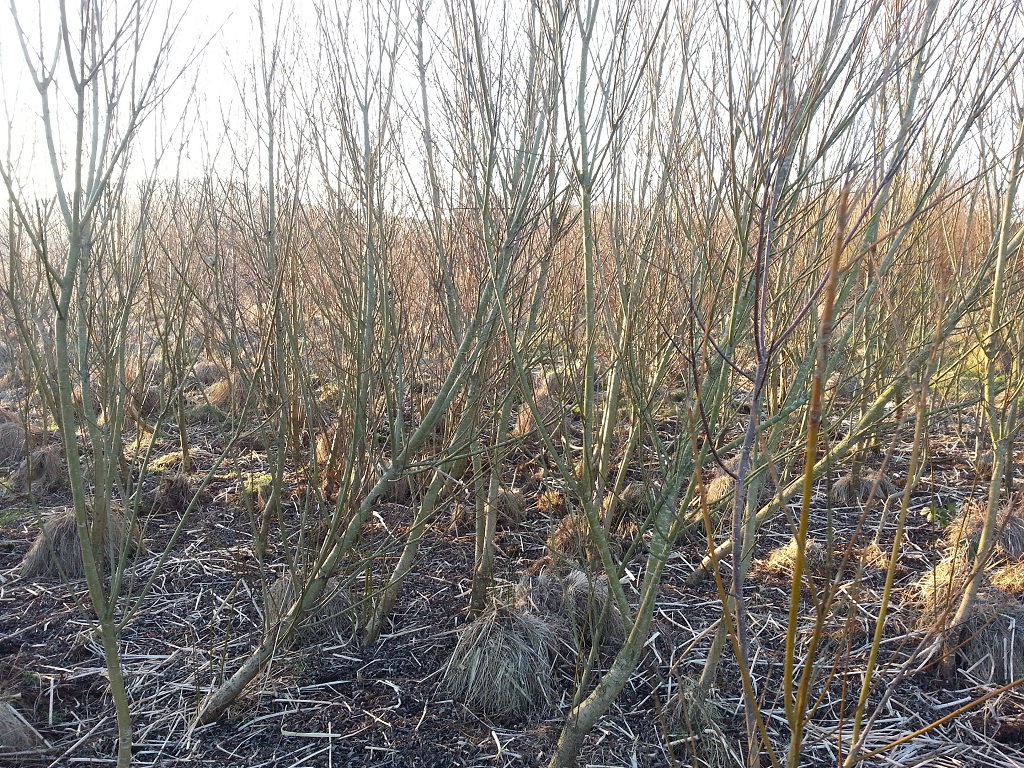
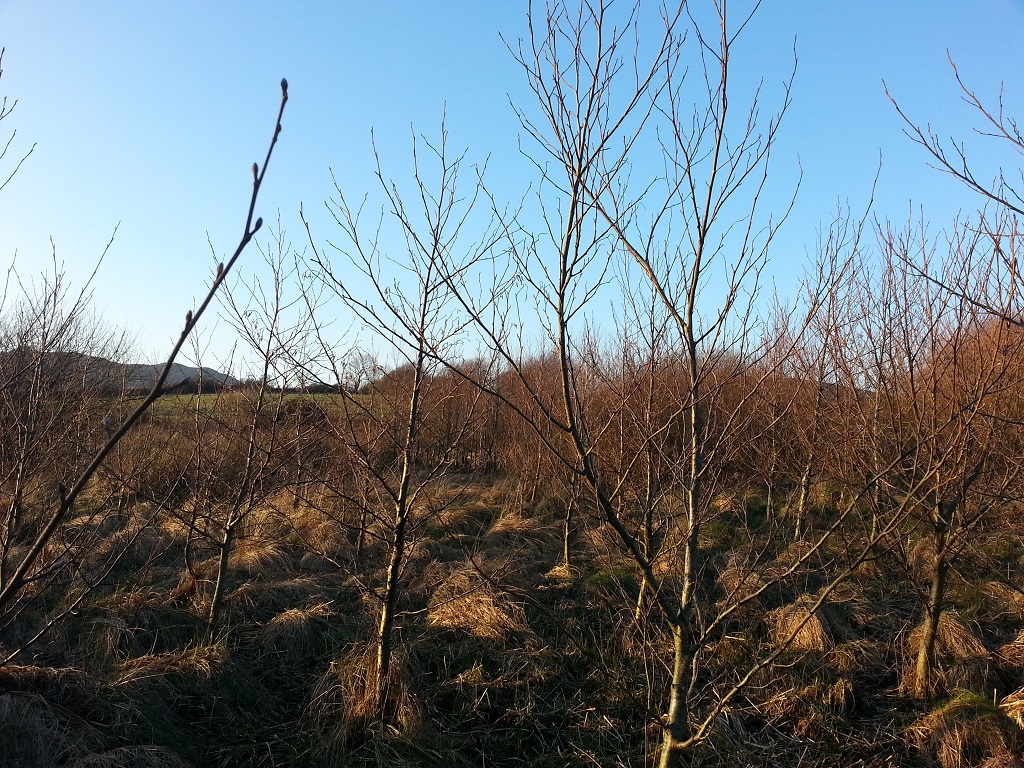

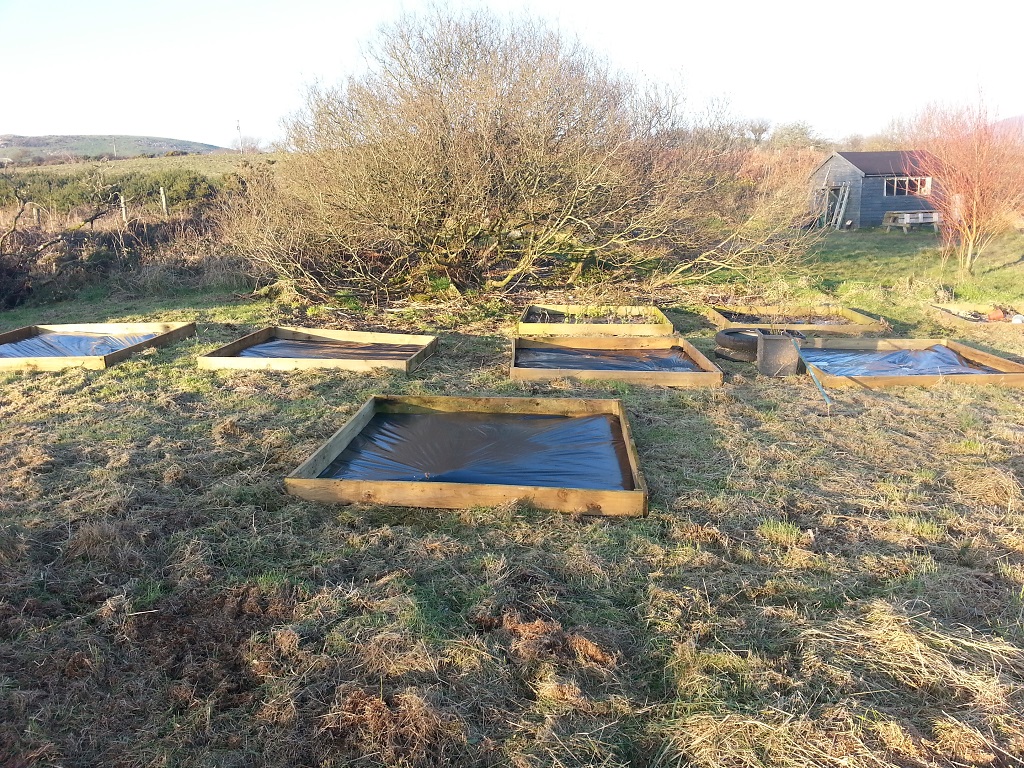
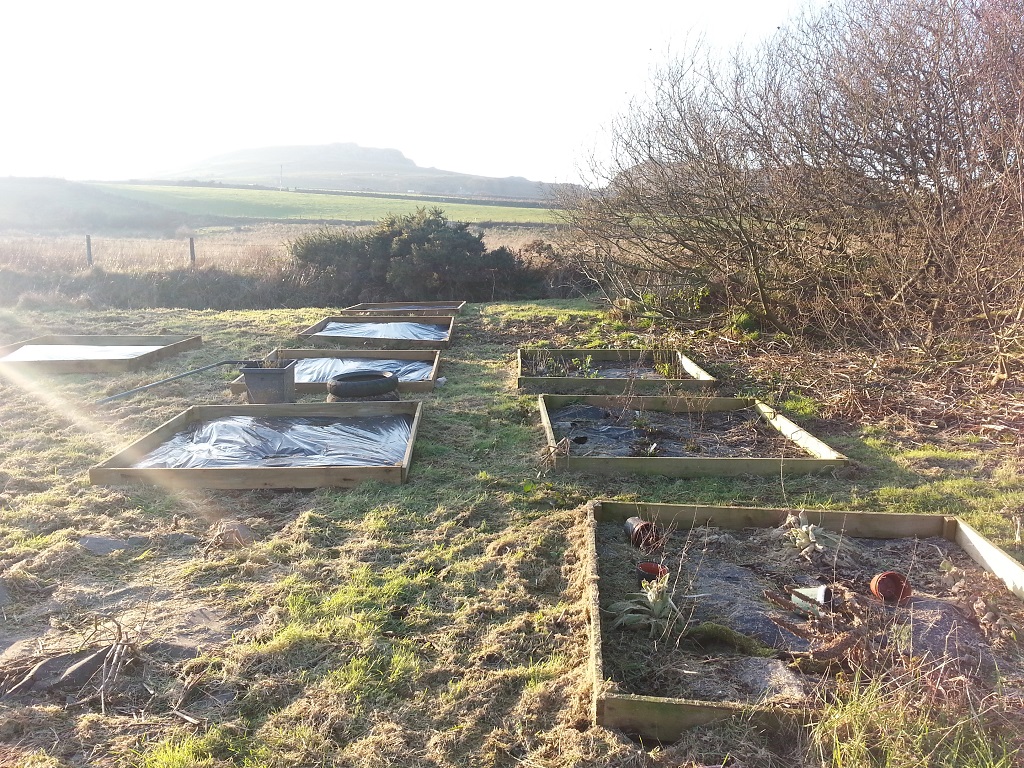
 This time of summer is rather a slack time when it comes to gardening: the time to plan and construct is winter and spring, and the times to plant/propagate are spring and autumn. Now however is the time to harvest and gather, to prepare and process. So it is with my still small herb garden.
This time of summer is rather a slack time when it comes to gardening: the time to plan and construct is winter and spring, and the times to plant/propagate are spring and autumn. Now however is the time to harvest and gather, to prepare and process. So it is with my still small herb garden.